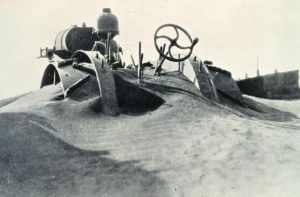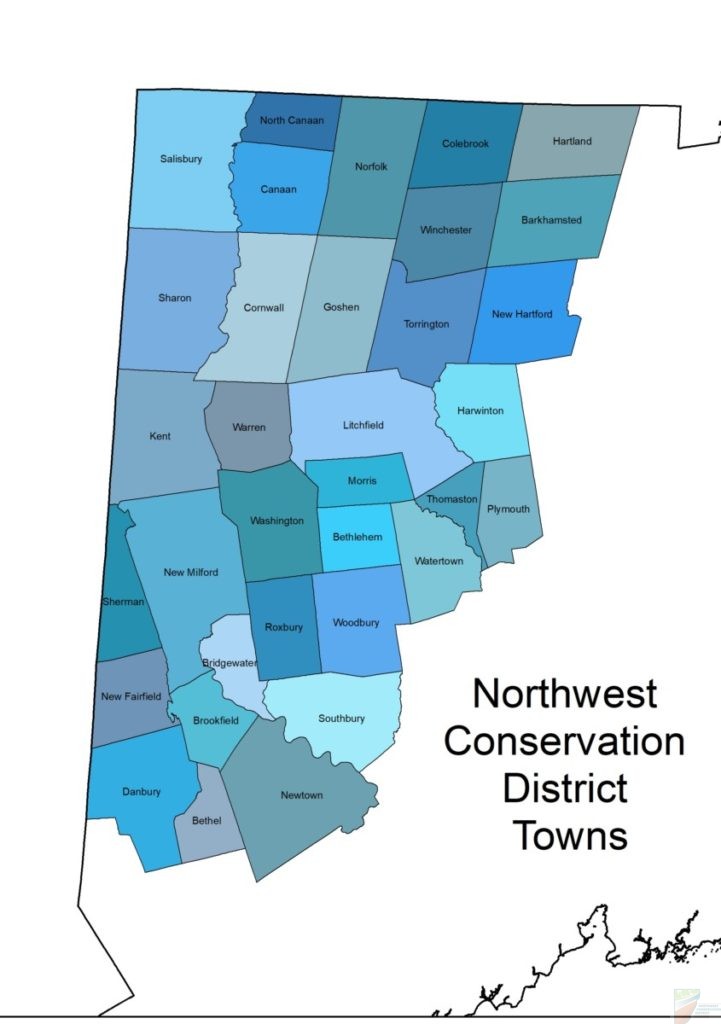
Conservation Districts began in the 1930s in response to national concerns over agricultural erosion, floods and the sky-blackening dust storms that swept across the country. Congress enacted the Soil Conservation Act of 1935 which set national policy for the control and prevention of soil erosion and established the Soil Conservation Service to implement this policy.
The Conservation District concept was developed to involve local landowners and residents in carrying out the programs authorized by the act. In 1937, President Roosevelt wrote to the governors of all the states recommending legislation that would allow local landowners to for soil conservation districts. Congress realized that only active, voluntary support from landowners would guarantee the success of conservation work on private land given that about 75% of the continental United States was privately owned.
The Dust Bowl taught everyone a valuable history lesson. In Connecticut, Conservation Districts were established by State Statute (Section 22a-315) to advise the CT Department of Energy and Environmental Protection (DEEP) on matters of soil and water conservation, erosion and sedimentation control and to assist in implementing programs concerning such matters.
Today, the Northwest Conservation District (NWCD) works with our 34 local communities on conservation challenges such as:
- Drinking Water and Aquifer Protection
- Wetland Protection and Restoration
- Aquatic Resource Protection through Low Impact Development (LID) Measures
- Open Space and Farmland Preservation
- Sustainable Land Care and Land Use
